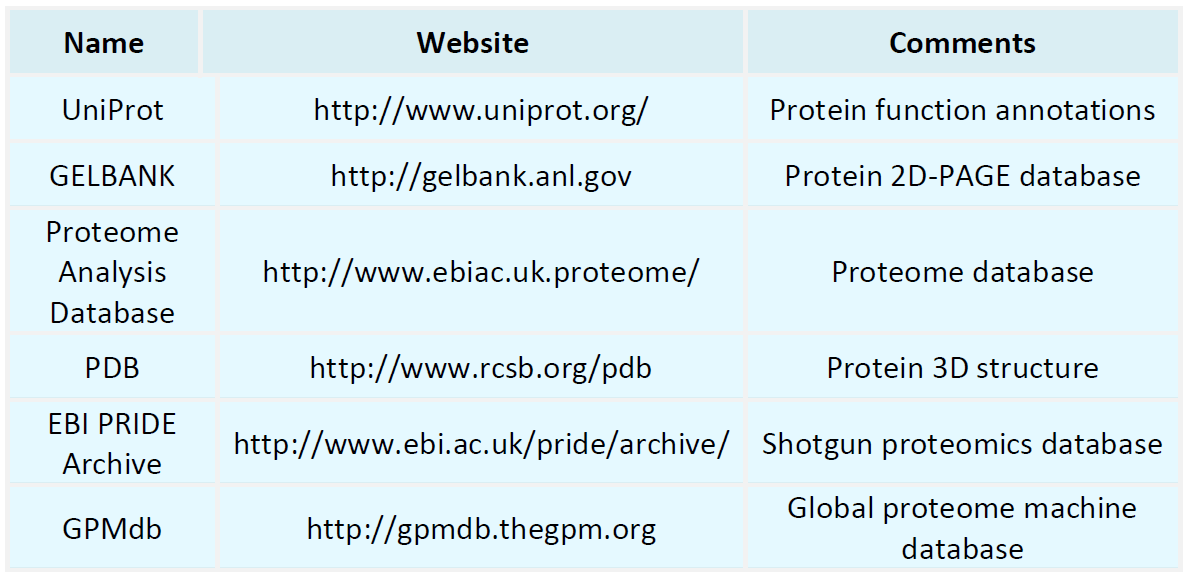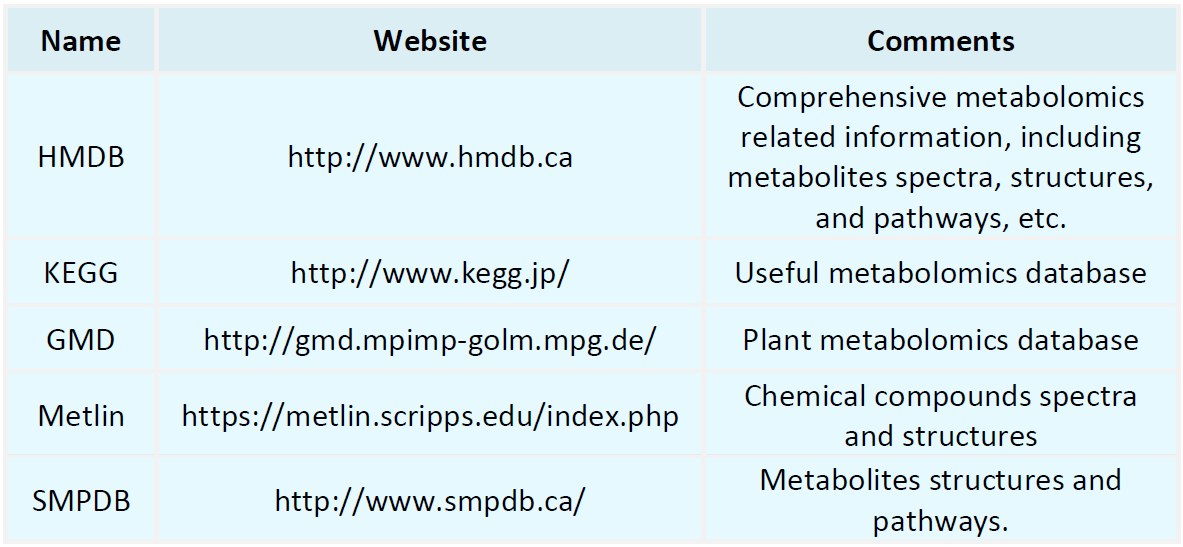Resources
Proteomics Databases

Metabolomics Databases

-
DART mass spectrometry (Direct Analysis in Real Time mass spectrometry) is an advanced analytical technique that offers rapid, non-destructive sample analysis without requiring extensive preparation. Unlike conventional mass spectrometry, DART mass spectrometry enables real-time examination of solids, liquids, and gases without solvent interaction, significantly enhancing analytical efficiency. Its key innovation is the ability to perform "real-time analysis," where molecular information is directly c......
-
SIMS mass spectrometry is a versatile analytical technique extensively used in materials science, geology, biomedicine, and related fields. By utilizing a high-energy ion beam to bombard sample surfaces, SIMS ejects secondary ions that are analyzed by a mass spectrometer. This method provides precise information on the elemental and isotopic composition of sample surfaces, with nanoscale spatial resolution. Its ability to combine high sensitivity with atomic-level detail makes SIMS mass spectrometry a......
-
ChIP mass spectrometry integrates chromatin immunoprecipitation with mass spectrometry to investigate protein interaction networks on chromatin and their functional roles in specific biological processes. ChIP uses antibodies to isolate target proteins and their associated chromatin fragments, while mass spectrometry accurately identifies and quantifies these proteins, along with their cofactors, modifying enzymes, and other critical components. By applying ChIP mass spectrometry, researchers can diss......
-
• Advances in Multiplex Protein Panel Technology
The multiplex protein panel is designed to facilitate comprehensive analysis of proteins in biological systems by simultaneously studying multiple proteomic samples. Compared to traditional proteomics techniques, this approach allows the concurrent analysis of multiple samples within a single experiment, enhancing research efficiency and ensuring robust data comparability. Its broad applications span disease mechanism research, drug target discovery, biomarker identification, and personalized medicine......
-
• Oligonucleotide Mass Spectrometry
Oligonucleotide mass spectrometry represents a precise analytical technique for the characterization and analysis of oligonucleotide molecules. These short nucleic acid chains, typically comprising fewer than 20 nucleotides, find applications in domains such as gene therapy, molecular diagnostics, and nucleic acid drug development. The methodology employs a mass spectrometer to precisely measure the molecular mass and decode the structural intricacies of oligonucleotides. By conducting high-resolution......
-
• Host Cell Proteins Mass Spectrometry
Host cell proteins mass spectrometry is a pivotal analytical technique in modern biotechnology, employed to study the diversity, structure, and function of cellular proteins. Specifically, this technique facilitates the identification and quantitative analysis of the proteome within host cells via mass spectrometry. Owing to its high sensitivity and throughput, mass spectrometry can accurately detect and analyze proteins in complex biological samples. This method is invaluable in fields like biomedici......
-
Quantitative LC-MS is an analytical technique that integrates liquid chromatography (LC) and mass spectrometry (MS), and it is extensively utilized in proteomics research. The fundamental principle involves separating complex protein mixtures using liquid chromatography, followed by detection and analysis of the isolated proteins or peptides with a mass spectrometer. This technique not only identifies protein types but also allows for precise quantitative analysis. As proteomics research advances, qua......
-
HCP impurity refers to non-target proteins secreted or released by host cells during the production of biopharmaceuticals, including recombinant proteins, monoclonal antibodies, and gene therapy products. Although HCP impurity are typically present in trace amounts and may have minimal effects on the product's activity or stability, their detection and removal are critical during purification and quality control due to their potential immunogenicity, which could compromise patient safety. Therefore, s......
-
• Charge Variant Analysis of Monoclonal Antibodies
Charge variant analysis of monoclonal antibodies (mAbs) is a vital technique in proteomics, primarily used to detect and characterize charge variants in monoclonal antibodies. These charge variants arise from chemical modifications or mutations in the amino acid residues of the antibody structure, leading to shifts in positive or negative charges. Such changes may result from minor variations in manufacturing processes, chemical modifications (e.g., glycosylation, deamidation, oxidation), or protein d......
-
• HCP Quantification in Biopharmaceutical Development
HCP quantification is a critical process in biopharmaceutical development, focusing on the detection and quantification of host cell proteins that may be present as impurities in biologic drugs. These non-target impurities, expressed by host cells during the production of recombinant proteins and other biologics, can potentially trigger immune responses and adversely affect drug safety and efficacy. Therefore, they must be rigorously monitored and effectively removed during drug development. The prima......
How to order?







